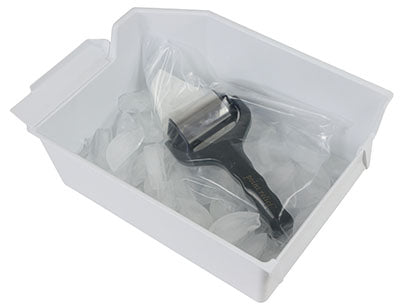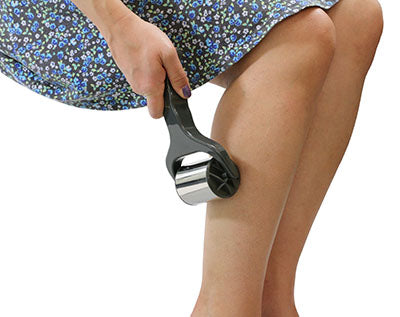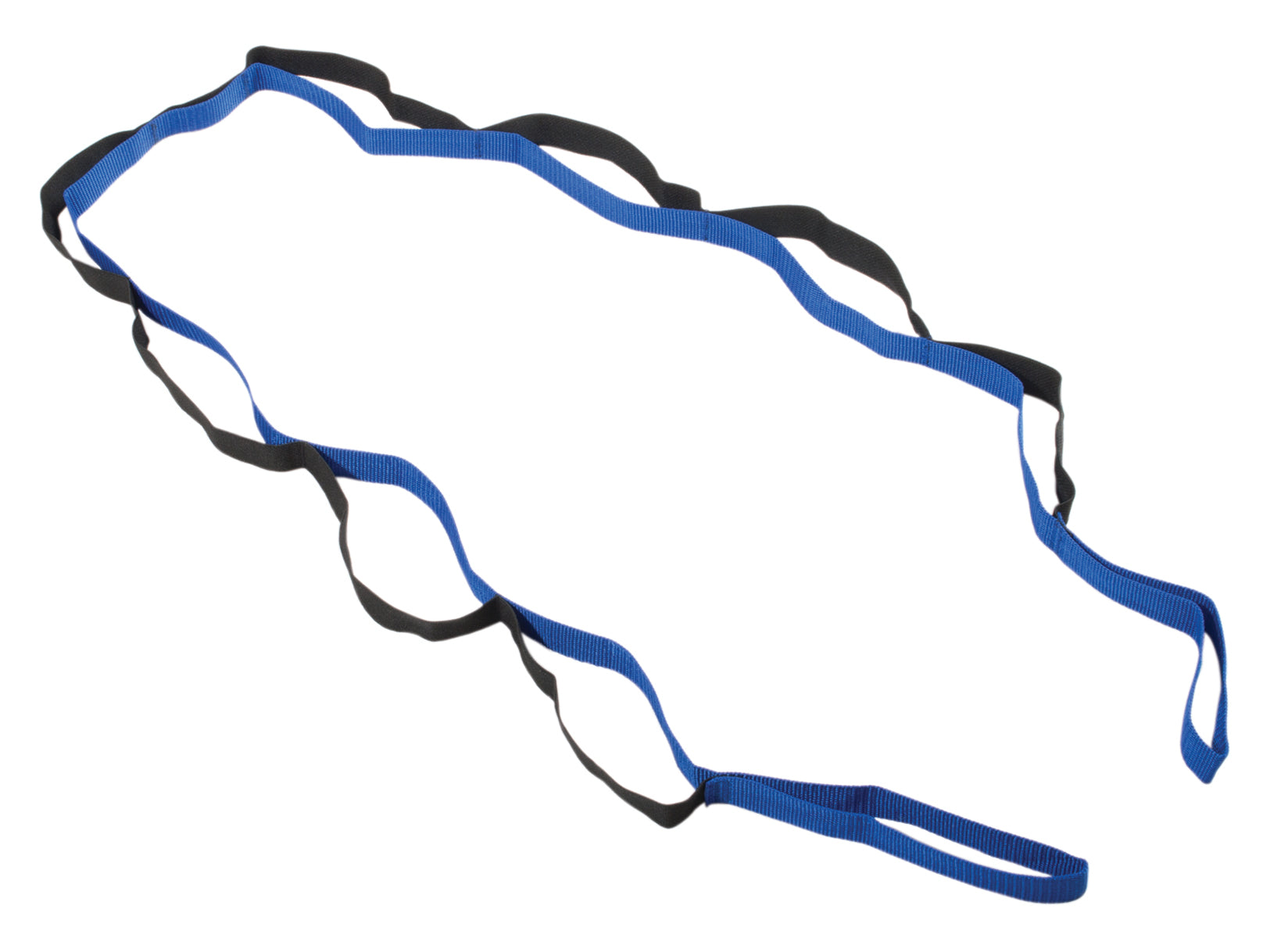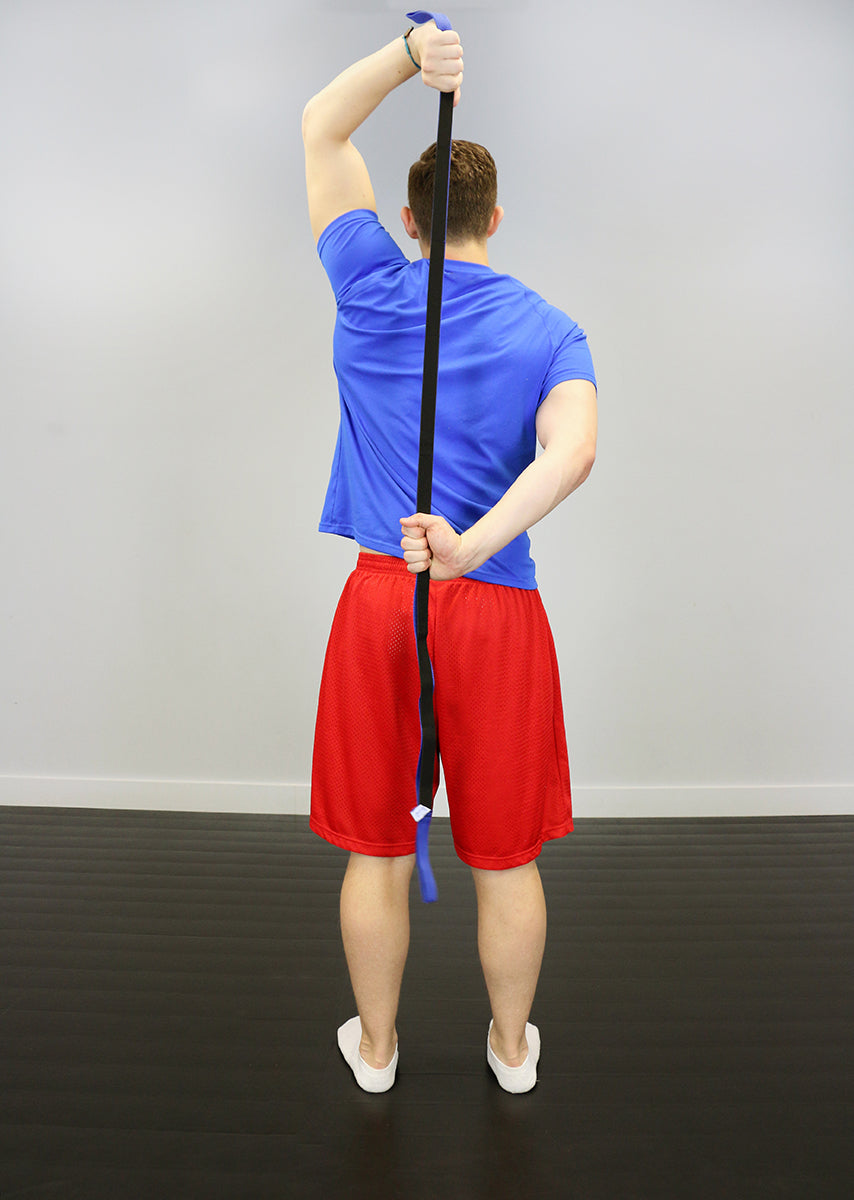Editor's Note: Fixing Dave Tate is an educational video series intended for demonstration purposes only (acts as a case study specific to Dave Tate). It is not intended to medically diagnose, treat, or manage symptoms. If you are in pain, please consult a licensed healthcare professional.In the same manner that Dave and Dr. Rusin
evaluated the progress from two cycles of lower body training in the Fixing Dave Tate series, it is now time to also evaluate the progress from two cycles of upper body training. In this video, Dave and Dr. Rusin discuss the last 10 weeks of training and how Dave has responded to the initial plan. Working through both the max effort training day and the dynamic effort training day, they develop several new ideas and plan the evolution of the program.
Max Effort Upper Body Training Review
Beginning with max effort upper body day, Dave shares several thoughts, including modifications, struggles, and things he wants in the future. Just like the lower body training, for max effort work Dave has found that one-week waves for movements is best for him, which have been rotated mostly by changing theaccommodating resistance. He remains limited on angles for pressing because of his shoulder, which has also led to most work being done with a standard barbell or
shoulder saver. One attempt to use a neutral grip showed Dave that he wasn't able to use his upper back the way he'd like in the bench, so he scrapped it as a max effort option. In response to this, Dr. Rusin mentions that he'd like to see Dave do more of rotating bars during the next waves of training, including using a reverse grip option. Rusin then asks about the upper back work on this training day, which has included a lot of facepull variations, especially in the primer movement slot. Dave explains that he hits a lot of different ranges of motion with his upper back training, because he often needs to perform many reps before he can completely open up that range and get a lot of movement. As he does this, he says he will perform 10 or more reps waiting for minor pain to subside before abandoning the set. But if pain continues, he will change the range of motion or exercise to accommodate his shoulder. Dr. Rusin adds that the angle of the pull may need altered to match where they want Dave's scapulas to go, particularly around 30 degrees above parallel at his shoulders. This will require a different equipment setup and bodily position for the pull, which Dr. Rusin talks through with Dave. Continuing the topic of assistance work, Dr. Rusin acknowledges that pulling has been broken up into two planes of motion for the pull: the horizontal plane (most row variations) and the vertical plane (which is more limited and never quite reaches "overhead" level). Dave's biggest issue with this work has been a dislike for the single-arm work and twisting his body more than he initially realized on the dumbbell rows. He also talks through his progression on reps for rowing variations and how he found a consistent range on the back movements. Moving forward, Dr. Rusin says he would like to get Dave into more motor control dependent positions and use a mix-and-match approach utilizing things that can be loaded for more strength (five to eight reps) and metabolic stress finishers that work bilaterally through the row pattern. This will allow him to do pure strength work followed by a huge volume and metabolic demand movement. Conversely, on the vertical high-angle pulling, the only thing to focus on is rotating the many attachments and grip styles at Dave's disposal. Dr. Rusin is also looking for a bit more eccentric control on the lat training.
Dynamic Effort Upper Body Training Review
To begin the review of the dynamic effort upper body training day, Dave talks about the tempo for his dynamic effort bench press, which is most often the fastest possible eccentric followed by the fastest possible concentric. He also shares his use ofchains and bands (sometimes together) and his short rest periods. The goal is to find a "chaotic but controlled" speed with this movement, which is impacted by the type of accommodating resistance used and the weight on the bar. Dr. Rusin and Dave then go through a detailed discussion of the different possible setups for accommodating resistance, including the ratios needed for band tension or chain weight to bar weight, as well as how and when a lifter should introduce accommodating resistance and the dynamic effort method. They break down many of the positive and negatives of using different types of accommodating resistance and the mistakes that they both also see in using these techniques. For additional changes, Dr. Rusin points out that more volume can begin to be used because Dave's conditioning has greatly improved since the start of this series. Moving forward, they will add more rowing variations and more pulldown variations so that he will accumulate volume two days each week. These will be designed for both strength and for hypertrophy and metabolic stress, and will allow Dave to perform a greater amount of productive volume. Additionally, the upper body training is going to be simplified so that more major activities can be completed; the goal is to get back to the major items of a major push, major pull, and a loaded carry, without having to spend tremendous amounts of time on corrective work. Furthermore, Dave will add 10 minutes of continuous global movement at the beginning of his training session, simply to improve total body blood flow and help him transition into an active state for his training session. Dr. Rusin's belief here is that more movement prior to the training session will help prime Dave's body for the demands of the session.
FIXING DAVE TATE SERIES
- Initial Assessment with Dr. John Rusin
- Movement Screening
- Orthopedic Evaluation
- The Three Areas of Focus Discovered During Initial Evaluation
- Observing Dave's Current Training Capabilities
- Programming the Six-Phase Dynamic Warm-up Sequence
- The Dynamic Warm-Up Sequences for Upper Body and Lower Body
- The 10-Week Update Discussion
- Adjustments to Lower Body Training Days for Phase 3
-
Implementing the Lower Body Training Adjustments for Phase 3
Dr. John Rusin's Remote Consulting Services





































































